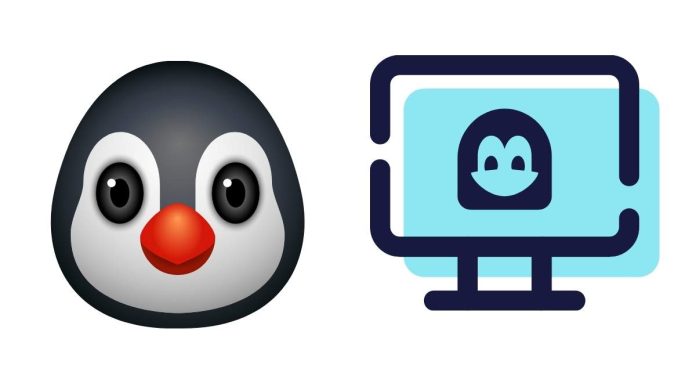| Origin |
Developed in the 1970s by AT&T’s Bell Labs. |
Created by Linus Torvalds in 1991. |
| Source Code |
Proprietary, not open-source. |
Open-source and freely available. |
| Development Model |
Controlled by vendors like IBM, HP, etc. |
Community-driven with many distributions. |
| Cost |
Usually commercial and costly. |
Mostly free (with paid enterprise versions like RHEL). |
| User Base |
Used mainly in high-end servers, research labs. |
Widely used on servers, desktops, and embedded systems. |
| Compatibility |
Limited hardware support. |
Compatible with a wide range of hardware. |
| Distributions |
Vendors offer specific versions (e.g., AIX, Solaris). |
Numerous distributions (e.g., Ubuntu, Fedora, CentOS). |
| Security |
Highly secure but requires vendor updates. |
Generally secure with frequent community updates. |
| Filesystem |
Varies by vendor. |
Uses modern filesystems like Ext4, Btrfs, XFS. |
| Usage |
Found in legacy systems and enterprises. |
Popular in cloud computing, servers, and personal use. |



